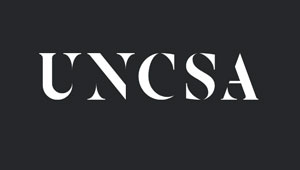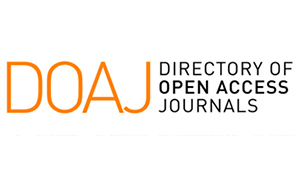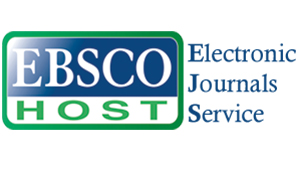José Manuel Palacios Sánchez, Delia Antonia Saravia Pachas, Felicia Lelia Cáceres Narrea, Pedro Enrique Zata Pupuche, Arturo Nigel Neyra Flores
DOI: 10.59427/rcli/2024/v24cs.1042-1049
The objective of the research was to determine the relationship between digital tools and autonomous learning in secondary education students of public educational institutions in times of pandemic, Lima Provinces, 2022. The research is of a quantitative approach, basic type, non-experimental design, cross-sectional, correlational. The study sample was determined by non-probability sampling for convenience made up of 823 men and 562 women made up of 5th year high school students from 9 educational institutions in the Lima Provinces. The instruments chosen were the Questionnaire for the measurement of Digital Tools with a Cronbach’s Alpha value equal to 0.817 and the Questionnaire for the measurement of Autonomous Learning with a Cronbach’s Alpha value equivalent to 0.978 proposed by Suquilanda (2022). According to Spearman’s correlation, the result was that there is a moderate level of relationship between digital tools and autonomous learning in secondary school students from public educational institutions in times of pandemic, Lima Provinces, 2022 (Rho= 0.387), likewise, p=0.000 < 0.05, confirms that there is a statistically significant relationship between digital tools and autonomous learning in secondary school students.
Pág 1042-1049, 13 Feb








